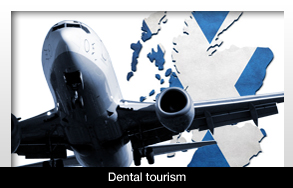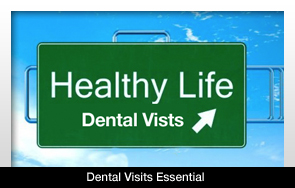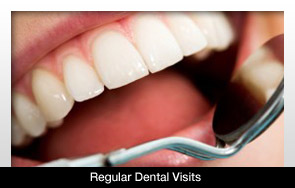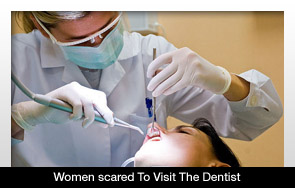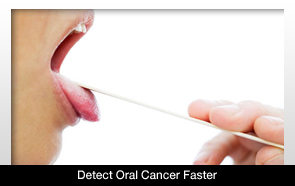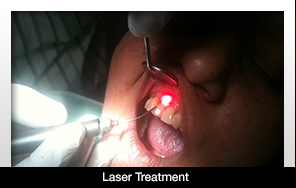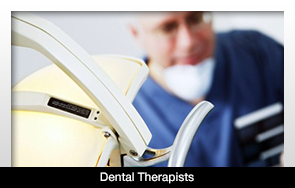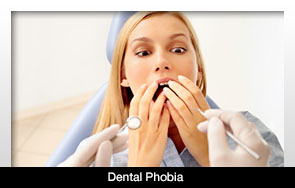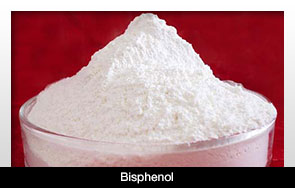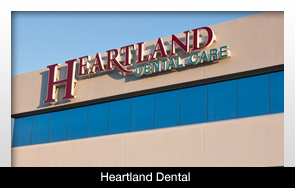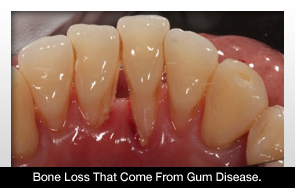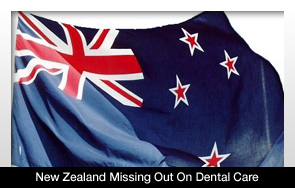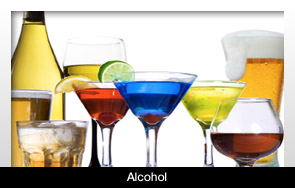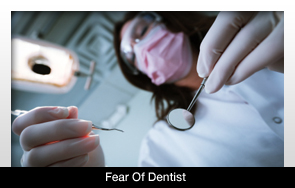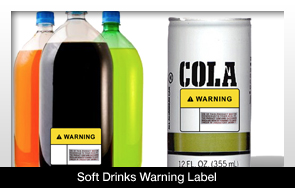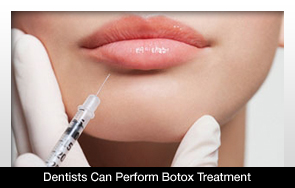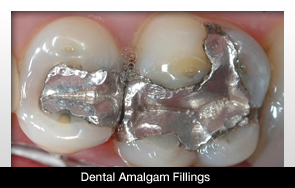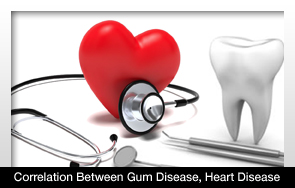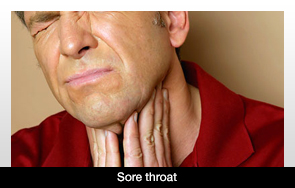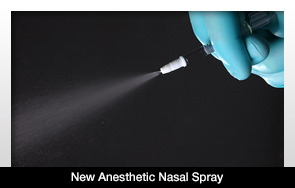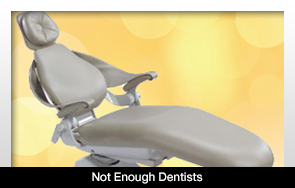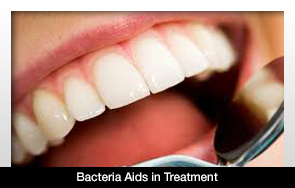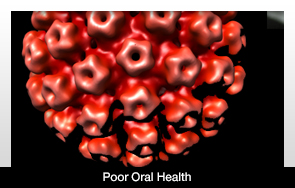Written by Dentistry TodayMonday, 25 March 2013 11:35
A test used to determine mercury exposure in dental amalgam fillings may not be so accurate.
The test may actually overestimate mercury levels of the toxic metal, according to a University of Michigan research team.
It’s accepted fact that dental amalgam fillings release levels of mercury into the mouth. The controversy, however, stems from the amount that’s released and if the exposure to the mercury poses major or even any health risks.
Previous public health studies have stated that the mercury in urine can be utilized to approximate one’s exposure to mercury from the amalgam fillings. These studies have also used mercury found in one’s hair to estimate the exposure to organic mercury based on a person’s eating habits.
But a University of Michigan study of 12 Michigan dentists differs from previous studies because it determined that the mercury levels actually came from two sources: consumption of fish containing organic mercury and there was inorganic mercury from the dentists’ own amalgam fillings.
This information is unique because for the first time there is the idea that mercury in urine stems from inhaled mercury vapor. In other words, for people that eat fish but aren’t exposed to mercury vapor at work, mercury concentrations in urine may overestimate exposure to mercury vapor from dental amalgam.
The study wanted to show that mercury isotopes can be more precise in determining human exposure to mercury when compared to conventional ways of measuring mercury levels, such as through urine and hair samples.
The discrepancy in this study and previous ones comes from the notion that urine contains a combination of inorganic mercury from dental amalgam and methylmercury from fish. This mix then undergoes a type of chemical breakdown in the body known as demethylation. This type of mercury comprises much of the inorganic mercury in the urine.
More than 2,000 tons of mercury is emitted through the air each year from human-generated sources. There can be debilitating effects on people, such central nervous system issues, heart issues and immune system issues.











